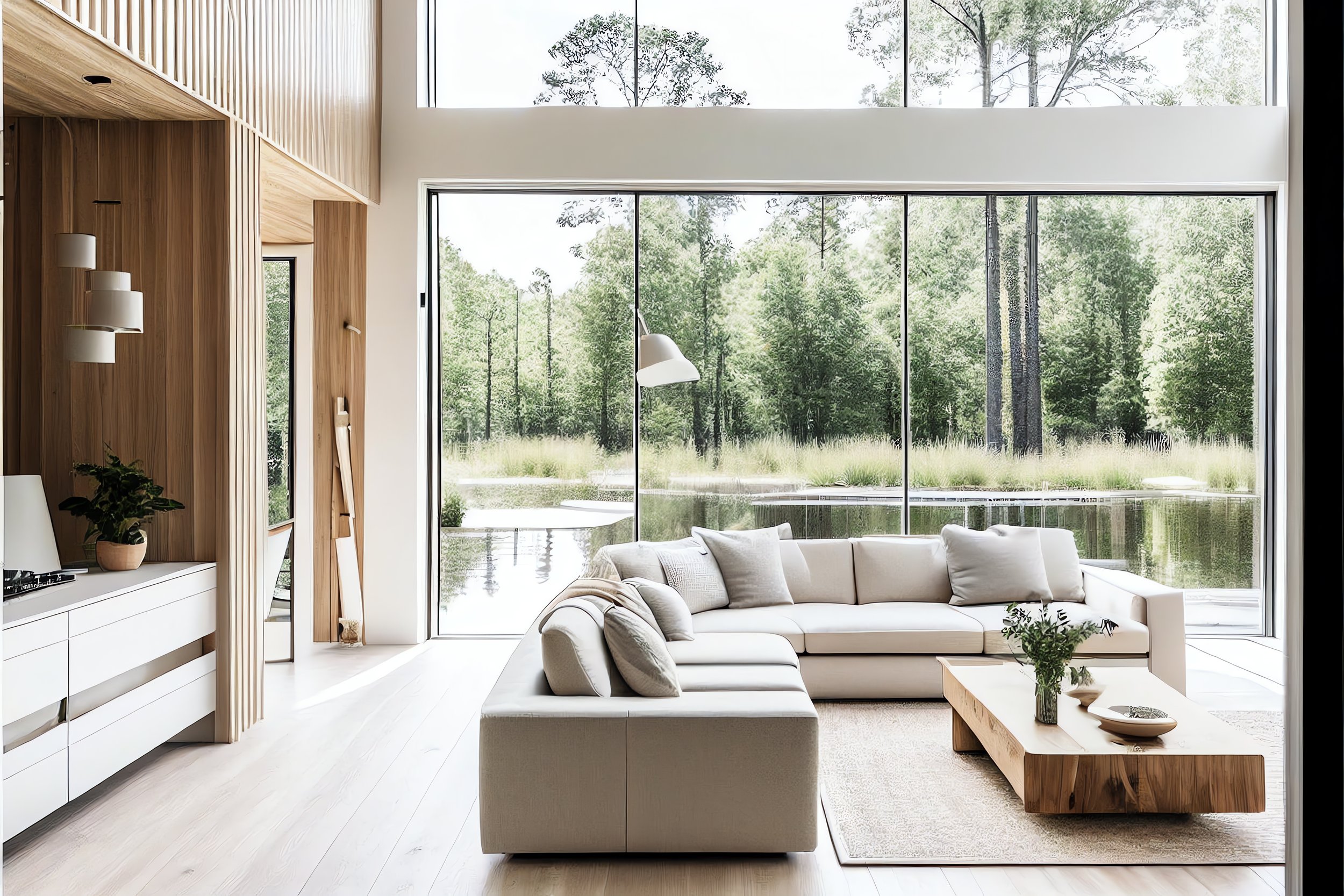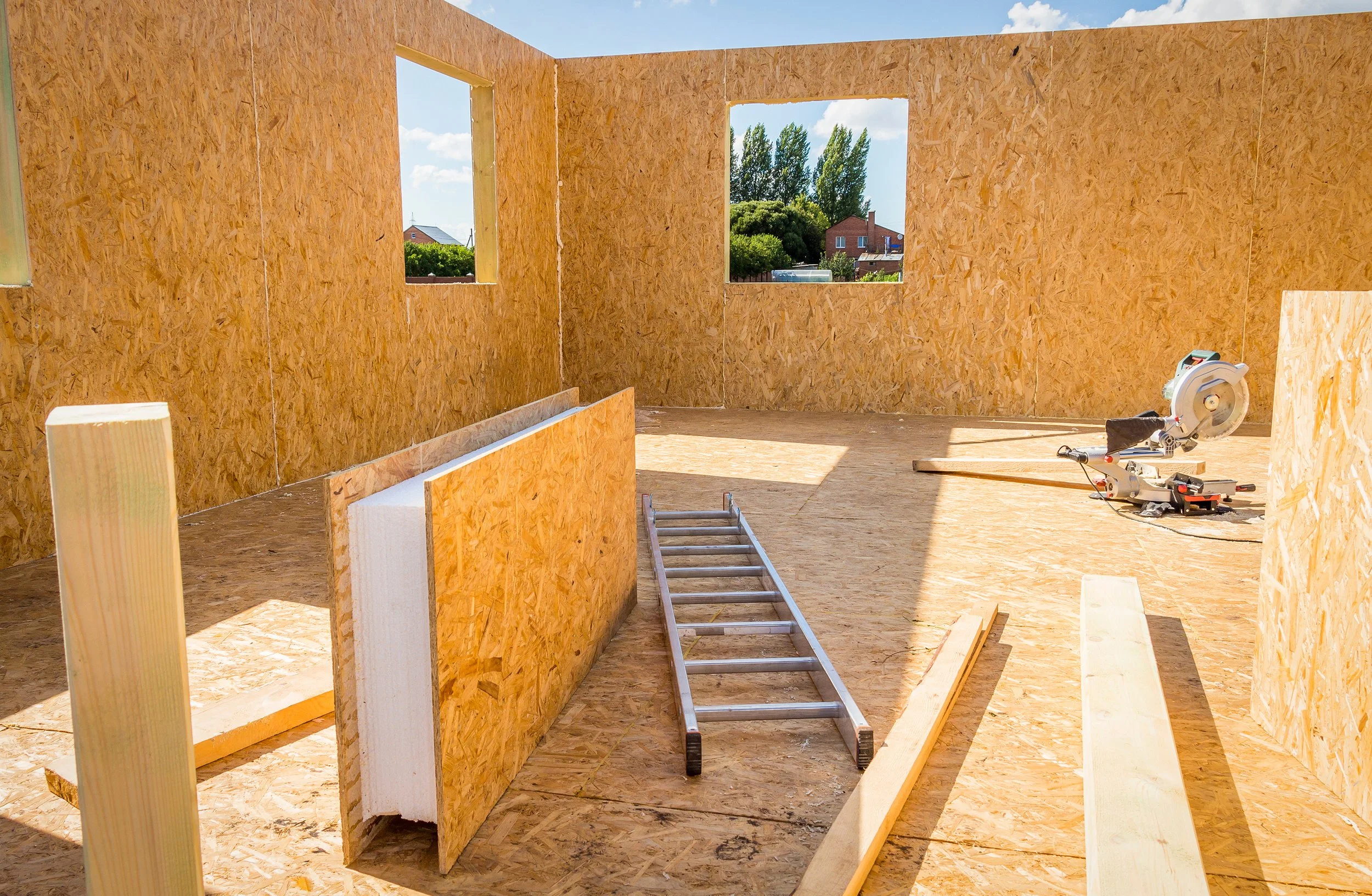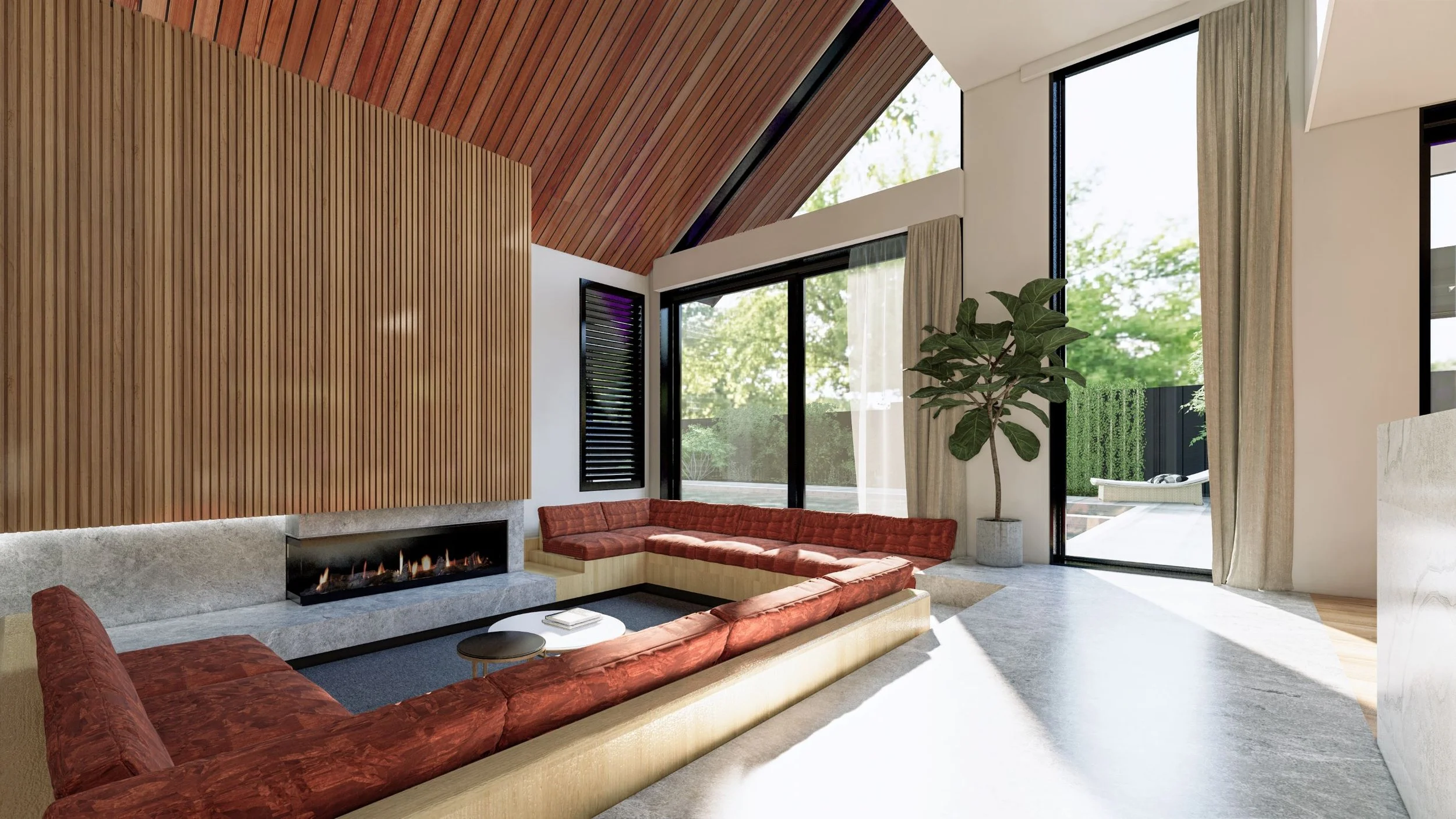
Low Energy Living
Low-Energy, High-Performance Design Benefits:
Energy Efficiency: Low-energy design aims to minimize energy consumption by using efficient building materials, insulation, windows, and renewable energy sources. This results in reduced reliance on external energy sources.
Indoor Comfort: High-performance design focuses on creating a comfortable indoor environment through effective insulation, airtightness, and advanced HVAC systems. This leads to consistent indoor temperatures and improved indoor air quality.
Health and Well-being: High-performance buildings often prioritize natural lighting, proper ventilation, and the use of non-toxic materials. This contributes to occupants' health and well-being by reducing exposure to pollutants and enhancing indoor comfort.
Longevity: Integrating high-performance strategies such as durable materials and proper moisture management extends the lifespan of the building, reducing maintenance and replacement costs.
Sustainability: By reducing energy consumption and minimizing the building's environmental footprint, low-energy, high-performance design supports sustainable living and reduces strain on natural resources.
Resilience: High-performance design takes into account factors like climate resilience and adaptability to changing environmental conditions, ensuring the building remains functional and efficient over time.
Market Value: High-performance buildings often command higher resale values due to their lower operating costs, increased comfort, and alignment with sustainable practices that are valued by modern buyers.
Incorporating Structurally Insulated Panels into a low-energy, high-performance design amplifies these benefits, leading to a building that's not only efficient and sustainable but also comfortable and resilient in the face of varying environmental challenges.
We utililse the latest in low energy, high performance detailing for all of our low energy home designs, one of our favourite methods is using SIP (structurally insulated panels).
Structurally Insulated Panels (SIPs) are innovative building components that offer a range of benefits in terms of construction efficiency, energy efficiency, and overall building performance. When incorporated into a low-energy, high-performance design, SIPs can significantly enhance a building's sustainability and comfort. Here are the key benefits of SIPs and the advantages of low-energy, high-performance design:
Structurally Insulated Panels (SIPs) Benefits:
Thermal Efficiency: SIPs consist of a core of insulation material sandwiched between two layers of structural boards, OSB (oriented strand board). This configuration provides exceptional thermal insulation, minimizing heat transfer and reducing energy consumption for heating and cooling.
Quick Construction: SIPs are prefabricated in a factory to exact specifications, resulting in precise and consistent panels. This streamlined process reduces construction time significantly compared to traditional framing methods.
Energy Savings: The superior thermal performance of SIPs reduces the need for mechanical heating and cooling systems. This leads to lower energy bills over the lifetime of the building and a smaller carbon footprint.
Air Tightness: The tight joints and continuous insulation of SIPs contribute to an airtight building envelope, preventing drafts and minimizing heat loss or gain through air leakage.
Structural Strength: Despite their lightweight nature, SIPs offer impressive structural strength. The composite structure of SIPs provides load-bearing capabilities, contributing to the overall stability and durability of the building.
Design Flexibility: SIPs can be used for walls, roofs, and floors, offering versatility in design. They can be easily integrated with other building systems and materials.
Reduced Waste: SIPs are precision-cut in the factory, minimizing on-site waste generated during construction. This aligns with sustainable construction practices and reduces environmental impact.


